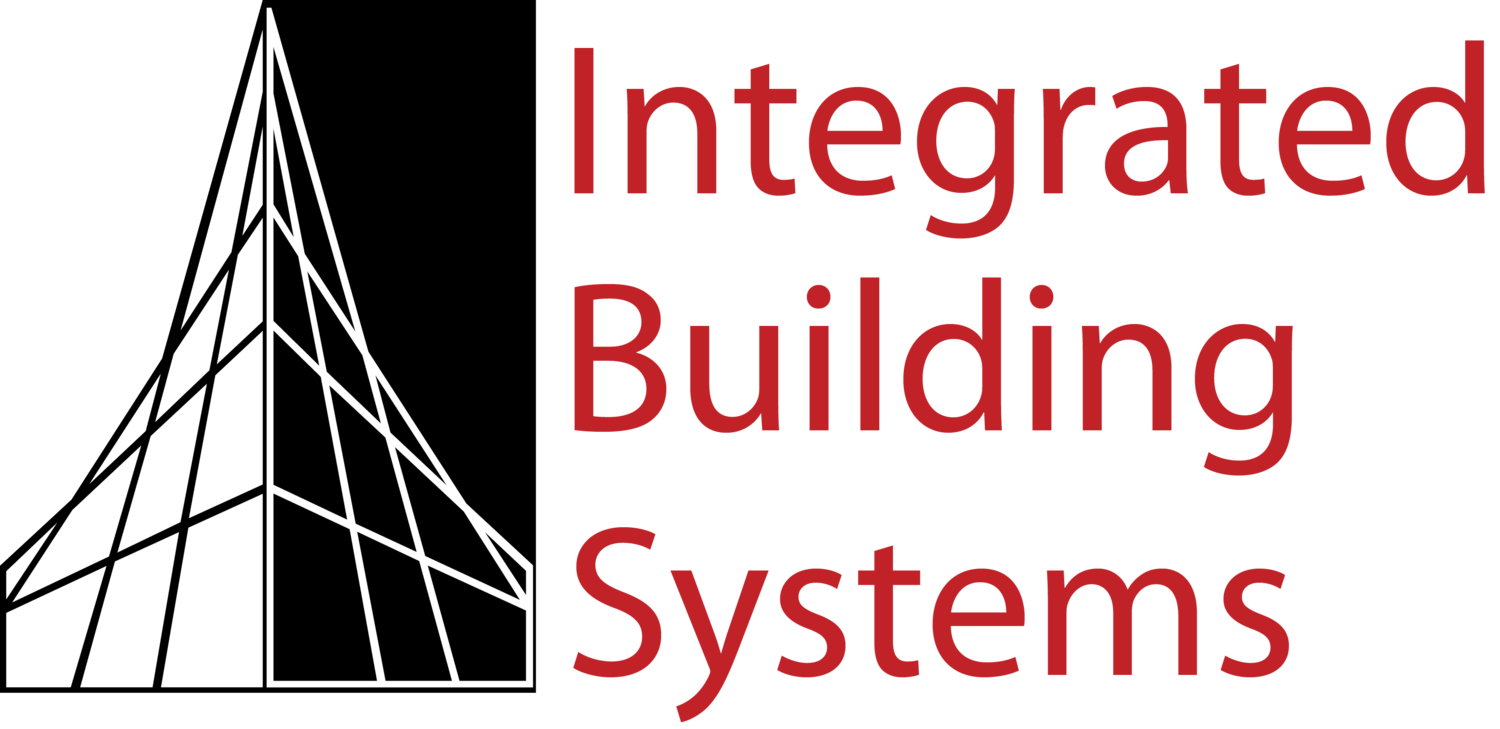A/V budget giving you sticker shock? Here’s what drives the cost
Today an unprecedented number of organizations rely on audio-visual systems to conduct business and to support communication and collaboration.
Yet, a recent study by Frost & Sullivan shows that 95% of today’s meeting rooms are equipped with only minimal technology to support communication and collaboration. And 87% of meeting-room users say they are frustrated and stressed due to technology failures in those spaces.
Over the past year, many organizations stitched together ad hoc A/V solutions for business continuity. This year, as companies regroup and reconfigure office space, critical decisions must be made about the technology infrastructure and IT investments that are needed long-term to support business goals and the work environment.
“95% of today’s meeting rooms are equipped with only minimal technology to support communication and collaboration”
Frustrated by lackluster meeting-room technology, organizations want clarity, reliability, and simplicity in new A/V solutions. Yet many business and IT leaders suffer sticker shock when reviewing the cost to upgrade.
What makes these systems so expensive?
Integrated Building Systems examines this question in part 4 of the how-to series, “A/V Solutions for Smarter Buildings.”
5 Factors that drive the cost of A/V systems
Utilization
The single-most important question to answer before choosing any new technology is this: How will you use the space?
For example, even in the smallest huddle room, is video conferencing needed or will a simple digital display meet the needs of those who gather there to work? In a large board room or multipurpose space, how many people will be in the room? How frequently? What will people be working on while in that space? Can the system be used for multiple operational functions?
As the functional requirements become more intricate, the technology solutions become more complex and the costs will be higher not only for additional equipment but for the programming and data processing required to seamlessly integrate all the audio and video sources in the room.
Simplicity
End users appreciate intuitive technology systems: easy-to-use means the tools will actually be used.
Powering on systems or launching presentations with a touchscreen panel instead of multiple remote controls is the hands-down choice today. Simplicity encourages more people to actually use the technology, which in turn creates business value and return on investment.
However, the simpler technology is to use, the more expensive it tends to be. For A/V systems, creating simple-to-use interfaces and connectivity requires complex design and planning of behind-the-scenes equipment by engineers and programmers.
Complex configurations also increase costs—such as connecting multiple inputs in a room so that users have the flexibility to show, share, or stream information on multiple display sources.
Simplicity also relates to aesthetics. Many people do not want to see any of the requisite cables and cords. Installing microphones and speakers in the ceiling, for example, will eliminate tabletop cords but often carries a higher cost.
Product selection
For products like television displays, there is a choice between consumer and commercial-grade products. Many consumer-grade products will work just fine in a business setting, but in some situations a commercial product makes more sense.
Commercial-grade products typically cost more, but they can be the better investment when the driving factors are greater durability or lifespan. And, even retail products vary in pricing based on features like screen size, resolution, and brightness.
Product functionality is another factor. There are good-better-best options for nearly all A/V equipment, and pricing rises with the complexity of features. For example, button microphones, pendant microphones, and ceiling panel microphones all pick up the sound in a room differently, and the price rises accordingly. Each product type represents a different approach to solving an audio problem; clarifying how the space will be used and the budget will dictate the best choice.
Timing of the Installation
Technology installation is always easiest during new construction, while access is readily available to the ceiling, walls, and floors. Embedded in these spaces are the power, infrastructure pathways, and blocking that are required to wire, mount, and connect A/V devices. Costs increase significantly for renovation or tenant improvement projects when additional time, material, and labor are required to create access—such as core drilling in floors or drywall repairs for recessed TV mounts.
To gain the greatest value for your budget, plan technology early in the design stage and be sure to include technology on the project’s master plan.
Room to grow
Just as defining the utilization is the first step in selecting the appropriate technology solution, deciding on future growth affects the budget. Creating design specifications for day-one functionality as well as future flexibility may add upfront costs for more network connections or USB ports, for example, but they actually save money in the long term.
Experience new A/V technology firsthand
Understanding the factors that drive the cost of A/V systems gives context to the overall investment. But seeing is believing: Test-driving new technology and understanding the good-better-best options available will give real-life context for decision making.
To get firsthand experience with state-of-the-art audio-visual solutions, visit the Tech Studios showrooms at Integrated Building Systems. The Tech Studios offer live demonstrations of the latest in video conferencing, cameras, microphones, wireless presentation, control systems, room schedulers, sound masking, and more. Technology designers and engineers will answer questions, make recommendations, and help you make selections that meet your project goals and budget.
To schedule a visit, call 614-240-5999 or set an appointment online at IBSwebsite.com/tech-studios.

![A/V budget giving you sticker shock? Here’s what drives the cost [part 4]](https://images.squarespace-cdn.com/content/v1/5267e4e1e4b0cdd9f1919db3/1614960333933-ZZ7VKPU97BEIS3E9MTS8/Crestron+control+system.jpg)
![2 Surprising Ways A/V Systems Fail [Part 5]](https://images.squarespace-cdn.com/content/v1/5267e4e1e4b0cdd9f1919db3/1619640268504-1FD800IHCZNUL5ZEJFN3/unsplash-image-Dnt2DT6wNWo.jpg)
![Video conference bundle v. custom solution: Which offers better value? [part 3]](https://images.squarespace-cdn.com/content/v1/5267e4e1e4b0cdd9f1919db3/1612189999194-Q6J1QN4UF6DQQUWH5KI1/video+conferencing+controls.jpg)
![Tips to improve audio quality for in-person and virtual meetings [part 2]](https://images.squarespace-cdn.com/content/v1/5267e4e1e4b0cdd9f1919db3/1603734595324-ACASRRR124OBHH6656SL/audio%252Bfor%252Bvideo%252Bconference.jpg)
![Projector or flat-screen? A/V Solutions for Smarter Buildings [part 1]](https://images.squarespace-cdn.com/content/v1/5267e4e1e4b0cdd9f1919db3/1600699779840-SQIRMYOM9JUCGTTUH7SW/Ohio+Conference+Room+Pepper.jpg)